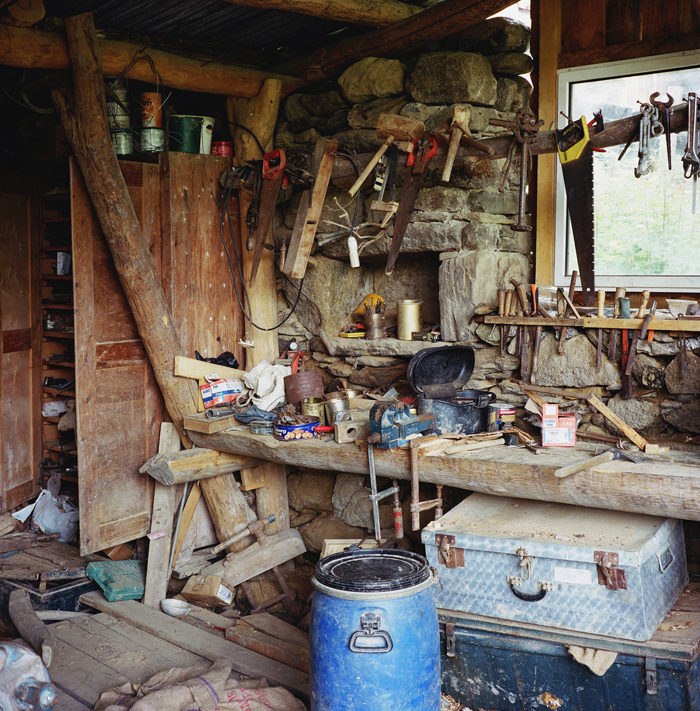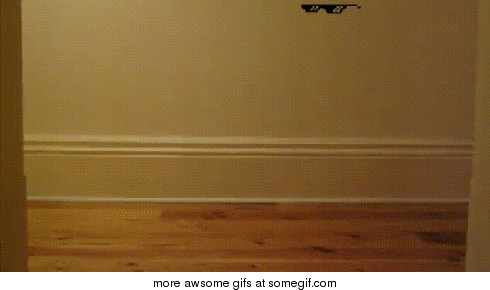Difference between revisions of "User:RKraai"
| Line 48: | Line 48: | ||
Yet the rise of digital and electronic devices, equipment and knowledge produces another opportunity for new kinds of craft. Or posing an opportunity for people who weren't able to 'craft' before, which they can do now by this technology. Or some people taking the piss out of it. | Yet the rise of digital and electronic devices, equipment and knowledge produces another opportunity for new kinds of craft. Or posing an opportunity for people who weren't able to 'craft' before, which they can do now by this technology. Or some people taking the piss out of it. | ||
Over the last couple of decades the switches, styles, movements in the concept of Arts & Craft have shifted loads. | Over the last couple of decades the switches, styles, movements in the concept of Arts & Craft have shifted loads. | ||
| − | [[ | + | [[Time| I am not going to address everything]], just parts that interest and inspire me. |
Photographer Antoine Bruy traveled through wastelands to find people who choose to not live in big cities. People who are self providing. Making things themselves to keep them alive or satisfy them. His photo collection ''Scrublands'' shows people living in this way. But there is something interesting about it. Although mostly everything is made and sustained by themselves, there are still factors of modern day society. | Photographer Antoine Bruy traveled through wastelands to find people who choose to not live in big cities. People who are self providing. Making things themselves to keep them alive or satisfy them. His photo collection ''Scrublands'' shows people living in this way. But there is something interesting about it. Although mostly everything is made and sustained by themselves, there are still factors of modern day society. | ||
[[File:27_anotinebruy10.jpg]] | [[File:27_anotinebruy10.jpg]] | ||
Revision as of 10:13, 14 April 2015
Contents
Roos Kraaieveld
<pre="color: #380B61"> Additional Stuff
Inspiration and research
Making is Connecting - by David Gauntlett
Thoughts on art and craft
The book Making is Connecting by David Gauntlett. There were some things that I found very interesting. Whether I agreed, opposed or wanted to experience or did not know. The book addressed many things many interesting things on how different society's in the past looked at craft, as well as Art & Craft. That there used to such a hard line between art and craft. From what I've read, in the 15th till 18th century you were an artist if you made religious paintings or paintings at court or monarchs. You were a craftsman if you made weapons, tools or houses even. As a craftsman you could make art, like wooden carved statue, but that didn't say you were an artist. Gauntlett under pint this by saying craft is a professional form of work which is practiced to make something for others. In this scenario it means there is no emotional bond between the craftsman and his work. The controversial thing is that a painter at court does the exact same thing, so what makes him? So somehow this concept of art and craft was divided in two:
- Art is ' truly creative transformation of idea/emotions into visual objects '
- Craft is ' indicating the less prestigious production of carvings and pots '
What is interesting is that people argue that this divided meaning is caused by the term creativity. Having creativity is separates "making objects" and "having idea's"
Other disagree and argue that "having idea's" and "making objects", body and mind, is one thing and both are part by any craft/arts process. This is a statement with witch I agree, and maybe you can only agree with if you have experienced itself. As highly and driven people argue that art and craft are two separate thing, I can not help to disagree.
- A crafted objects requires a skill which others do not maintain. Not everybody can smith and not everyone can make a realistic painting either.
- A craftsman puts as much emphases in his work as an artist will do.
In my opinion art and craft are mostly divided in it's purpose, talking about the object itself and the meaning behind it. This is closely related to the amount of input of the person making it. If a craftsman is asked for a chair, and he just makes a chair that is use full, it will be craft. If a craftsman is asked for a chair, and he makes it useful and adding more time by e.g. adding carved details, it could be considered art. One could say that adding something to 'a craft' could make it art.
A funny thing to note is that in the 12th century monks who brewed beer was considered a craft, relating Trappist beer. Monks fulfilling their labor and satisfaction they got from it. Moving on the timeline it also became more of an art. The best taste as well as a logo, brand image or font that would indicate which beer was what. Nowadays it's still seen as a craft, more because people (Brewmastes) consider themselves a craftsman not because society does so. This is really interesting because the normal brainwave of people see art and craft as objects, paintings, statues, decorations etc. The World of Brewing Beer has the same concepts of this ' Art' and ' Craft, but the product is entirely something else.
Now I've been talking about many years in the past. But what about now?
- THE FUTURE?
Why is there is till craft when we have massive machines producing craft for us? Ikea factory's making thousands of chairs a day? This is a very interesting topic because it differs for each person. With that I maybe mean the costumer/consumer more than the craftsman. The book addresses a fascinating statement about this. Ellen Dissanayake states "The pleasure in making lies in the fact that one can make something that didn't exist before, by ones own feelings, hands and dexterity". One believes that this is the soul reason why craft survived and is still practiced. Not as much for the people who want it, but for the people who do it. And I am not talking about craft that we need because we can not mass produce it. I talk about a carpenter who makes chairs while everybody visits Sunday's Ikea Living Room sale.
Now this is the part were it becomes most interesting. The rise of digital and electronic devices, equipment and knowledge. How much I love it and how it also actually hate it.
- Electronics are able to produce things for us, which takes a away the emotional and learning experience of making something with your own hands and skill. So it becomes empty
- People say it's easier, not simple, quicker and cheaper.
Yet the rise of digital and electronic devices, equipment and knowledge produces another opportunity for new kinds of craft. Or posing an opportunity for people who weren't able to 'craft' before, which they can do now by this technology. Or some people taking the piss out of it.
Over the last couple of decades the switches, styles, movements in the concept of Arts & Craft have shifted loads.
I am not going to address everything, just parts that interest and inspire me.
Photographer Antoine Bruy traveled through wastelands to find people who choose to not live in big cities. People who are self providing. Making things themselves to keep them alive or satisfy them. His photo collection Scrublands shows people living in this way. But there is something interesting about it. Although mostly everything is made and sustained by themselves, there are still factors of modern day society.

Sources and interesting links: The Art of Beer Festival Trappist Monk Beer
Design needs to seduce, shape and perhaps more importantly, evoke a emotional reaction. - April Greiman
